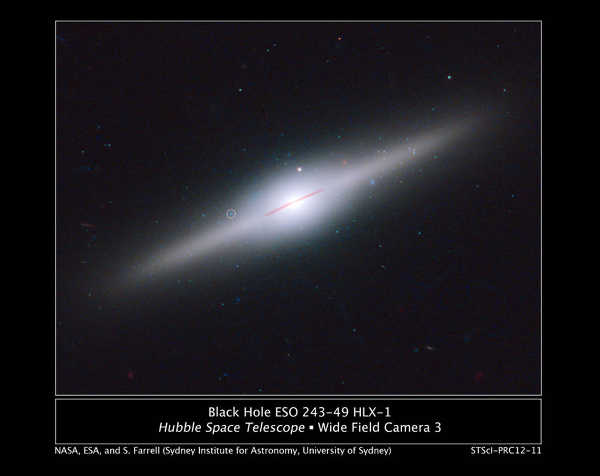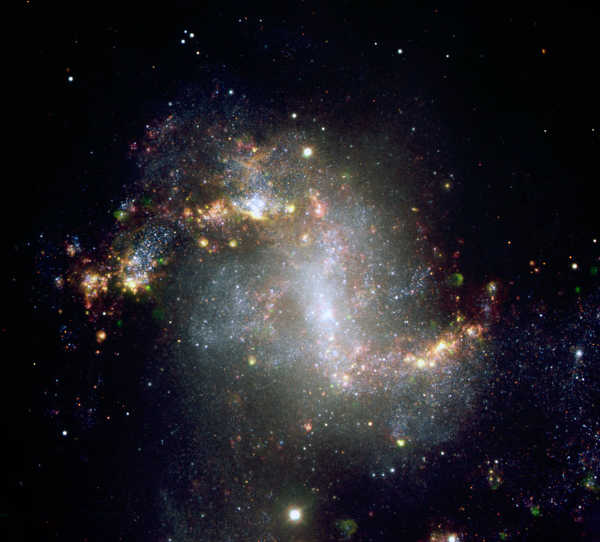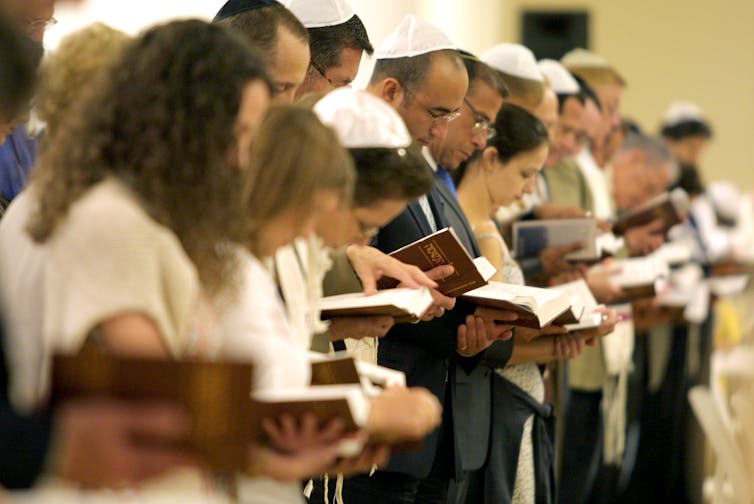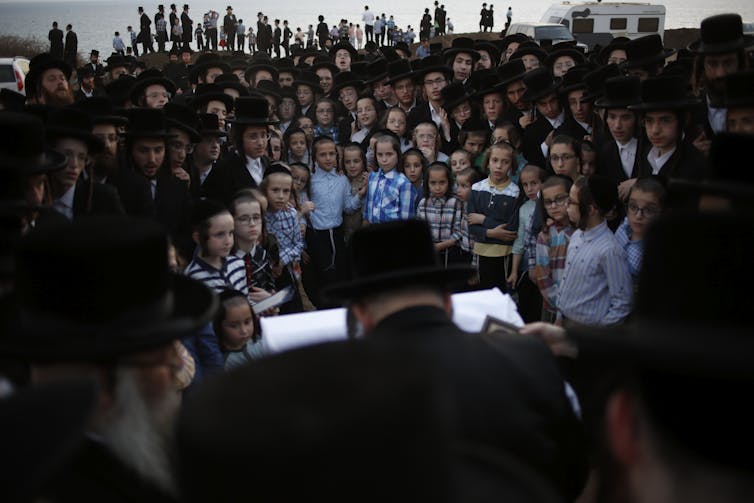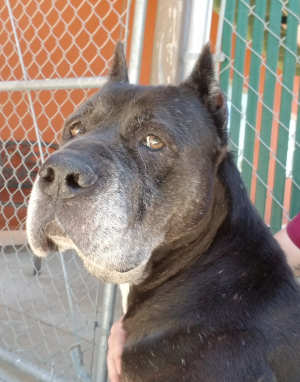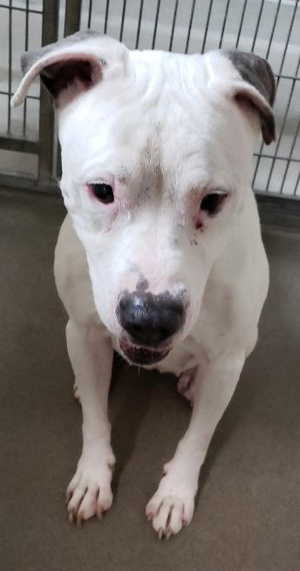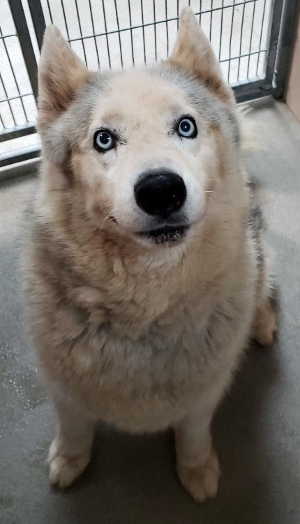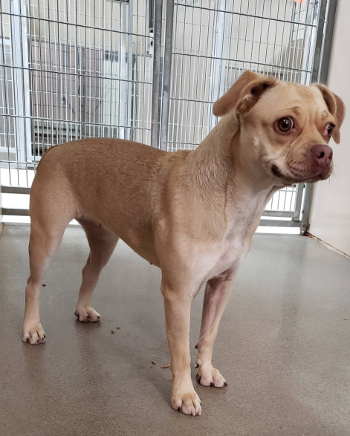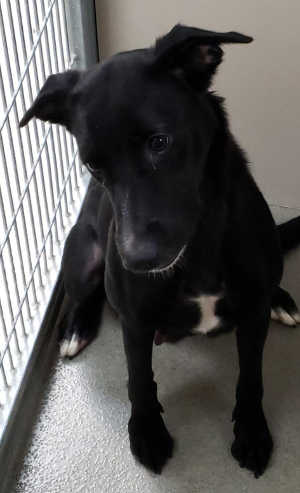- Esther Oertel
- Posted On
Mensam Mundum – World Table: Hawaii
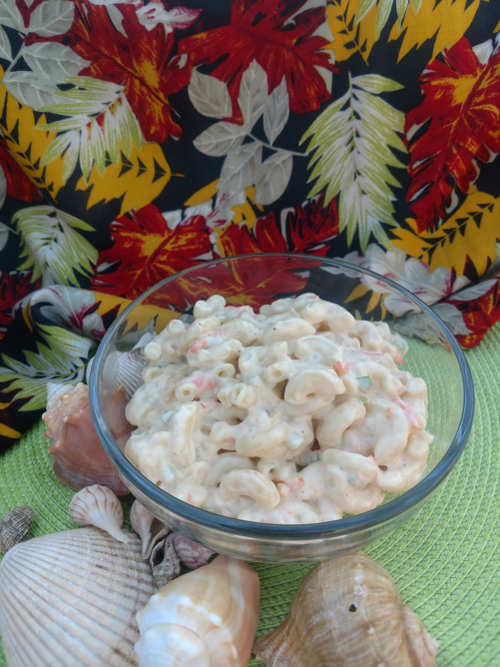
When people say that the sunsets in Hawaii are especially spectacular, it’s not just sentiment. There’s a scientific reason why the evening colors there are among the most vibrant in the world.
It just so happens that Hawaii has the perfect cocktail of conditions for such a display.
For one, volcanic dust in the atmosphere aids in the scattering of light. There are a number of currently active volcanoes in the area, including Kilauea on the big island of Hawaii, which has been erupting since 1983.
Thanks to their location, the Hawaiian Islands have balmy weather year-round. Because of the heat, a fair amount of water vapor escapes into the air and the resulting humidity aids in the intensifying and scattering of light.
And finally, the sun sinks into the Pacific Ocean far from any landmass that could disturb the atmosphere or break the horizon line. The angle of a sunset over water makes for a beautiful one.
I once had the blessing of visiting Hawaii to witness those sunsets for myself; it was almost two decades ago when my youngest son wanted to assist with a vacation Bible school in one of Oahu’s poorest districts.
I’ll never forget the people we encountered there; I hold memories of that trip very close to my heart.
One afternoon when school was over, we visited a small farm owned by a co-teacher. Humble though it was, or perhaps because of that, it was a precious experience to chat and laugh together while sitting under a lush canopy of fruit- and nut-bearing trees.
I saw a cashew tree for the first time that day and learned that the nut is actually a small appendage hanging from a larger red fruit known as a cashew apple.
Trees bearing guavas, passion fruit, mangoes and other tropical treasures shaded our sitting area, and we were able to taste the fruits in season straight from the trees.
My son wasn’t feeling well, and our host offered him a pickled sour plum to suck on to relieve his sore throat, a home remedy of sorts.
He didn’t tell us what an unpleasant experience it was for him to suck on that sour and salty fruit. I learned later that it took a lot of willpower to not spit it out.
Like many foods in Hawaii, those plums were incorporated into local cuisine from another country. They hail from Japan and are known as umeboshi there, often translated into English as “salted Japanese plums” or “preserved plums.”
Distinct styles of food influence the cuisine of the Hawaiian Islands, each stemming from a corresponding historical period of immigration and settlement.
It’s truly a cuisine made up of the fusion of many food cultures.
Much of that is due to the growth of sugarcane and pineapple plantations in the late 19th and early 20th centuries, which created a demand for immigrant labor.
Workers from China, Korea, Japan, the Philippines, Puerto Rico and Portugal came to work in the fields and brought their own foods and cooking traditions with them.
Earlier in Hawaii’s history, during the era of ‘First Contact’ in the late 18th century when European explorers came to the islands, European foods, livestock and traditions were introduced.
In addition, whalers and others brought their own brand of dining to the islands, such as the New England cuisine that came with some of the visiting Christian missionaries.
Portuguese immigrants introduced their tradition of making sweet bread (pao dulce in Portuguese) to the islands, and in the 1950s a local baker developed a Hawaiian version of this bread. It became very popular in the islands and eventually beyond, putting King’s Hawaiian Bakery on the map.
During World War II, Spam was introduced to the islands in the rations of American servicemen. This canned meat product became an important source of protein for local residents after fishing around the islands was banned due to the war.
Hawaiians are now the second largest consumers of Spam in the world (Guam is first), at times consuming upwards of five million cans annually.
It’s used in a variety of ways there, including a sushi-like preparation on rice wrapped with a strip of nori seaweed.
I once took a sushi class which included a teriyaki glazed version of the above. I was very skeptical about the use of Spam in sushi, but it ended up being a pretty decent bite.
Hawaii is known for its Kona coffee, the most expensive (and some would say most delicious) in the world. Grown on the slopes of active volcanoes Hualalai and Mauna Loa, it was brought to Hawaii in the early 1800s from Brazilian cuttings.
Only coffee from the two Kona districts on the Big Island of Hawaii can be marketed as such; however, Kona blends are sold at cheaper prices.
Favorable conditions exist in these areas for cultivating Kona coffee: sunny mornings, moist afternoons, little wind, mild nights and porous, mineral-rich volcanic soil.
I once indulged in a small five-dollar cup of pure Kona coffee at a Hawaiian-themed coffee shop. I found it worth the price; however, I don’t recommend Kona blends, which often contain only 10 percent Kona coffee.
Prior to the arrival of Polynesian seafarers more than 2,500 years ago, the Hawaiian Islands were uninhabited with very few food-bearing plants.
These first settlers brought seeds and plants with them in their outrigger canoes, perhaps more than 30 types, mainly for food.
Among these were sweet potatoes, yams, breadfruit, banana, coconut, sugarcane and taro.
The early Hawaiian diet was quite diverse. Experts believe that well over 100 types of seafood were consumed, and (amazingly!) more than 200 types of sweet potatoes.
Polynesians brought pigs, dogs and chickens across the Pacific, and meat was cooked in ovens dug into the ground, as it had been in Polynesia.
Sea salt was a common condiment, sometimes made into a relish with kukio nuts or seaweed.
Of particular importance was the taro plant, which was used to make poi, a mainstay of the Hawaiian diet for centuries.
Poi is a purple-colored paste made from pounding cooked taro root (it’s toxic when raw) and is still very much part of Hawaiian food culture today.
Tourists in the Aloha State are typically introduced to poi at a Hawaiian luau, a traditional party that includes a feast, often with a roasted pig.
Fighting is not allowed when eating from a bowl of poi, a tradition that comes from the belief that Taro is the first-born son of the parents who started the human race.
Japanese immigrants introduced their tradition of bento, meals in segmented boxes, which influenced what many consider the quintessential Hawaiian meal, the “plate lunch.”
This developed as an inexpensive and carbohydrate-dense meal for workers in sugarcane and pineapple fields.
A plate lunch consists of generous scoops of white rice and macaroni salad along with an entrée. The entrees are often of Asian origin, such as beef teriyaki or chicken katsu, but can also be traditional Hawaiian pork dishes.
While in Hawaii, a local took us to a small roadside stand in the country for a traditional plate lunch. The experience was entirely new to me, and what stands out the most in my memory is the tenderness and flavor of the pork cooked in a banana leaf.
Today’s recipe is for authentic Hawaiian macaroni salad, known for its mild flavor and ultra-creamy texture. It’s a favorite side dish on the islands and an integral component of a Hawaiian plate lunch.
Composing a Hawaiian macaroni salad is different than making what we’re used to having on the mainland, so technique is key.
The traditional Hawaiian method is to overcook the pasta. It should be very soft and very plump.
Thinning the mayonnaise with milk to make a less dense dressing contributes to the signature creaminess of this dish. The pasta more easily absorbs the dressing, giving every bite a velvety texture.
Tossing the pasta with vinegar helps the soft pasta to stay moist and also assists in absorption of the sauce.
In addition, the dressing is added in a two-step process, the first when the pasta is still warm, another factor which enables the pasta to soak up the sauce.
As to the ingredients, since the dressing is mayonnaise-based, it’s very important to use a good quality mayonnaise. I don’t normally mention specific products or brands, but in this case I highly recommend Best Foods mayonnaise (marketed as Hellman’s on the East Coast).
I used buttermilk in my recipe because it gives the salad extra tang, but milk can be subbed for a more traditional version.
My oldest son, who stops occasionally for a Hawaiian plate lunch with his work crew, gave the recipe below his stamp of approval.
Mahalo and enjoy!
Hawaiian Macaroni Salad
Ingredients:
2 cups mayonnaise, divided
2 cups buttermilk, divided
1 tablespoon sugar
1 teaspoon salt, plus 1 tablespoon for cooking water
½ teaspoon black pepper
16 oz. elbow macaroni
¼ cup cider vinegar
¼ cup white or yellow onion, grated
½ carrot, peeled and shredded
½ cup celery, finely chopped
½ cup frozen peas
2 tablespoons scallions, finely chopped
Instructions:
Whisk together 1-1/2 cups buttermilk, 1 cup mayonnaise, sugar, a teaspoon of salt, and pepper. Set aside.
Bring 4 quarts of water to a rolling boil in a large pot. Add pasta and 1 tablespoon of salt to the water and cook the pasta for about 15 minutes, until it’s plump and very soft. Drain the pasta and pour it into a bowl. Pour vinegar over pasta and stir until it’s evenly distributed and absorbed. Allow pasta to cool for 10 minutes. Add the buttermilk-mayonnaise mixture and stir until evenly combined, then cool completely in the refrigerator.
Once cooled, add the grated onion, carrots, celery, peas and the remaining buttermilk and mayonnaise to the pasta and mix until evenly distributed. Cover and refrigerate for at least an hour and for up to 2 days. Adjust seasoning if necessary and sprinkle scallions over salad before serving.
Making in advance is a good idea, as salad is best when flavors have melded for at least two to four hours.
Esther Oertel is a writer and passionate home cook from a family of chefs. She grew up in a restaurant, where she began creating recipes from a young age. She’s taught culinary classes in a variety of venues in Lake County and previously wrote “The Veggie Girl” column for Lake County News. Most recently she’s taught culinary classes at Sur La Table in Santa Rosa, Calif. She lives in Middletown, Calif.





